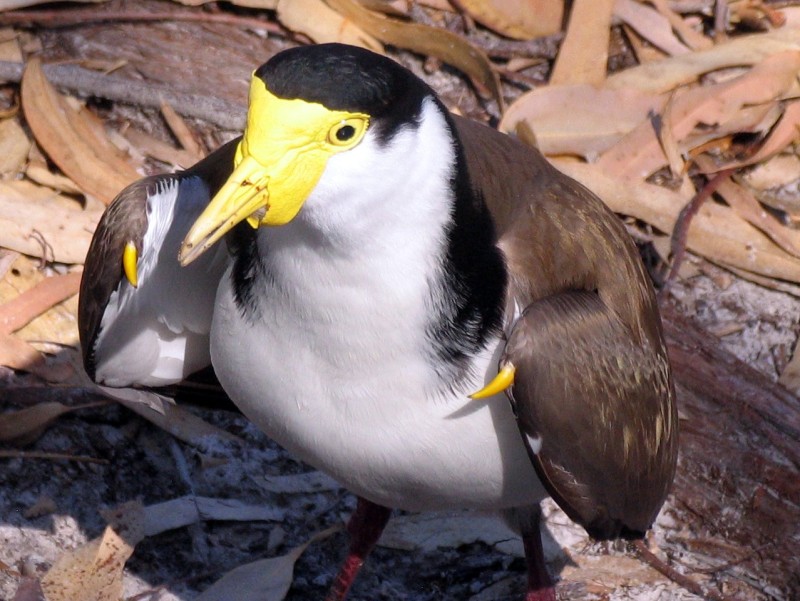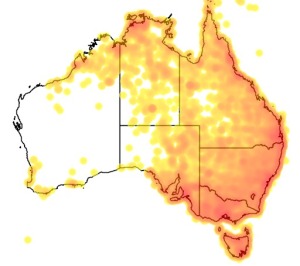�
�
�
���
Vanellus (Lobipluvia) miles
Masked Lapwing
Kingdom
Animalia
Phylum
Chordata
Class
Aves
Order
Charadriiformes
Family
Charadriidae
Genus
Vanellus
Species
Vanellus (Lobipluvia) miles
Status
least concern
Colours
Distinguishing features
Distinguishing features still need to be specified.
Size
- Up to 36 cm (Length of specimen)
Wingspan
- From 75 cm to 85 cm
Synonyms
Distribution
Distribution and habitat preferences
It is native to Australia, particularly the northern and eastern parts of the continent.
They are most common around the edges of wetlands and in other moist, open environments, but are adaptable and can often be found in surprisingly arid areas.
They can also be found on beaches and coastlines. They spread naturally to Southland, New Zealand in the 1930s and have now spread throughout New Zealand. (Wikipedia)
Local abundance
- Cape Kidnappers, New Zealand: abundant
Diet
The birds spend much of the time on the ground, searching for worms and other invertebrates to feed on. (Wikipedia)
Web resources
Danger
- mild discomfort - They are shy and harmless in summer and autumn but are best known for their bold nesting habits, being quite prepared to make a nest on almost any stretch of open ground, including suburban parks and gardens, school ovals, and even supermarket carparks and flat rooftops. They defend these nests by dive-bombing theats, potentially striking with their sharp spurs.
References
- Simpson, K., N. Day and P. Trusler (2004). Field Guide to Birds of Australia: 7th Edition Penguin Group (Australia), Camberwell, Victoria.






